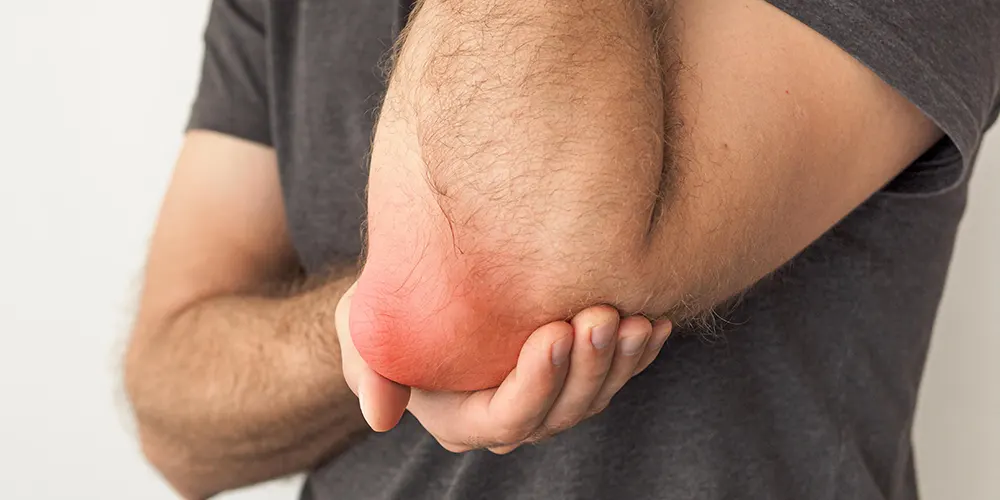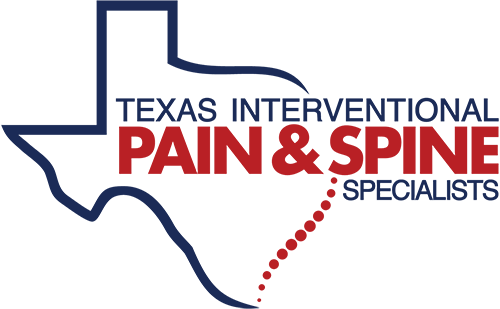
Bursitis
Bursitis is a common condition that involves inflammation of a bursa, which is a small fluid-filled sac that acts as a cushion between bones and soft tissues such as muscles and tendons. Bursitis typically occurs in joints that are frequently used, such as the shoulder, elbow, hip, and knee, and can cause pain, swelling, and difficulty moving the affected joint.
There are several different types of bursitis, including:
- Trochanteric bursitis: This type of bursitis affects the bursa located on the side of the hip, and is often caused by overuse or injury.
- Elbow bursitis: This type of bursitis affects the bursa located near the elbow joint and is often caused by repetitive stress or trauma to the elbow.
- Knee bursitis: This type of bursitis affects the bursa located around the kneecap and is often caused by overuse or injury.
- Shoulder bursitis: This type of bursitis affects the bursa located near the shoulder joint and is often caused by overuse or injury.
Bursitis is usually treated with a combination of non-surgical and surgical interventions. Non-surgical treatments for bursitis may include rest, ice, physical therapy, and medications such as nonsteroidal anti-inflammatory drugs (NSAIDs) to reduce inflammation and pain.
In some cases, interventional pain management techniques may be used to treat bursitis. These techniques, which are performed by a pain management specialist, can include:
- Corticosteroid injections: These injections can help reduce inflammation and relieve pain.
- Platelet-rich plasma (PRP) injections: These injections use a concentrated mix of platelets and plasma from the patient’s own blood to promote healing and reduce inflammation.
- Viscosupplementation: This treatment involves injecting a lubricating substance into the affected joint to reduce friction and improve mobility.
- Radiofrequency ablation: This procedure involves using heat to destroy nerve tissue and reduce pain.
If non-surgical and interventional pain management treatments are not effective in relieving bursitis symptoms, surgery may be necessary. Surgical options for bursitis may include removing the bursa or repairing or reconstructing the affected joint.
It is important to see a healthcare provider if you are experiencing pain, swelling, or difficulty moving a joint as these could be signs of bursitis. Early treatment can help reduce the risk of long-term complications and improve your ability to move and function comfortably.
Ready to Live Pain Free?
If you are interested in an ethical, personal and individualized approach to pain treatment, then we are here to help. Please give our office a call at (361) 360-3264. We look forward to helping you restore a more active, joyful and pain free life!
